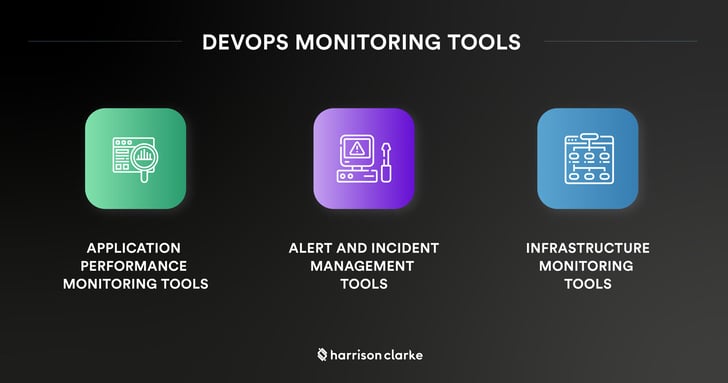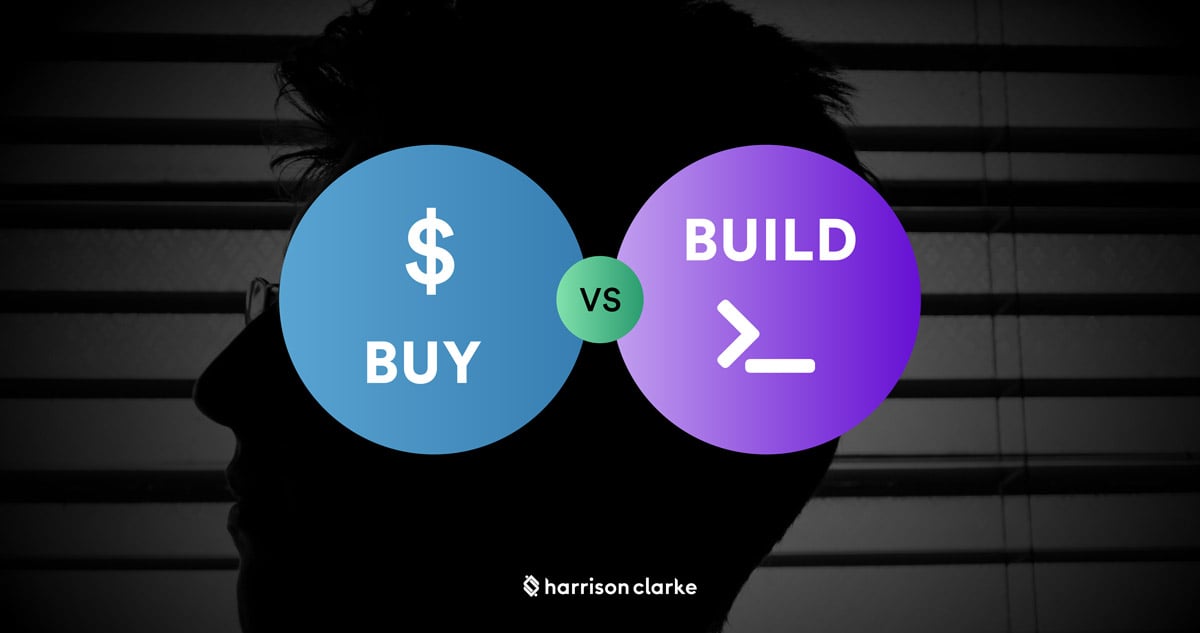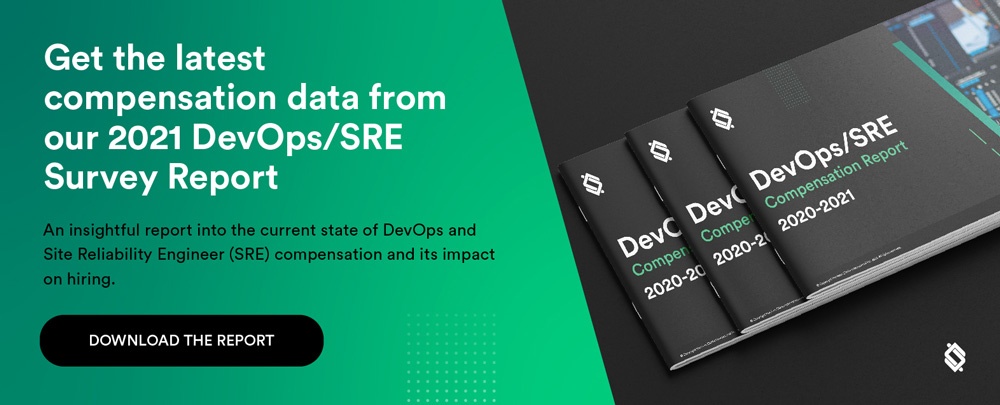Organizations that have successfully implemented DevOps can release new and improved features faster than ever with the frequent deployment of smaller code fragments and multiple simultaneous testing phases. However, to support the development of reliable software at such a high speed requires continuous monitoring across the entire application lifecycle.
What is DevOps Monitoring?
The adoption of the DevOps methodology and continuous development principles have fostered automation throughout the entire development process. With the help of automation, DevOps monitoring systems can give teams a complete view of the application status and the state of infrastructure.
DevOps monitoring systems have expanded their focus from the production environment to the entire software development process, covering the compilation stages, unit parts testing, integration tests, and checking code execution under heavy load. Today’s monitoring solutions can provide real-time insights into the production environment, allowing engineers to track potential errors and security risks at every step of the application lifecycle. Moreover, DevOps monitoring is essential in identifying automation opportunities in order to improve the DevOps toolchain.
Monitoring in DevOps is proactive rather than just reactive, allowing organizations to improve an application quality before potential issues even occur. Using monitoring tools provides DevOps professionals with many opportunities, such as tracking software performance and strengthening its stability by reducing downtime (or even eliminating it). Applying these tools also contributes to more precise planning of the upgrades and new projects and more effective resource allocation. Finally, with DevOps monitoring tools, organizations can detect problems promptly and fix them before they affect the users.
Types of DevOps Monitoring Tools

- Application performance monitoring tools;
- Alert and incident management tools;
- Infrastructure monitoring tools.
Buy or Build DevOps Monitoring Solutions?

As with many enterprise software tools, there comes an inevitable moment when DevOps monitoring solutions are subject to the tireless debate between buying off-the-shelf solutions or building custom tooling. Unfortunately, choosing between purchasing an off-the-shelf monitoring tool and building a custom one is challenging for many DevOps teams.
Making the right decision requires considering several factors, such as budget constraints, organization maturity and needs, and architecture complexity.
Budget constraints
The organization’s maturity level and specific DevOps needs significantly impact the time-cost considerations of buying or building monitoring solutions. For example, in a company in its early stages, the engineering team is focused on building the core features of your product, and buying an off-the-shelf monitoring solution can be a more cost-effective option. In this case, building software is more expensive because the engineers divide their time between developing the monitoring tool and the core product.
Furthermore, as the product matures and the infrastructure grows, the organization’s needs evolve, and your DevOps team may want to switch to a more robust system. A good starting point when evaluating whether to buy a third-party solution or to build custom tooling is to assess “whether or not your organization is uniquely positioned to build the tool, and if so, is it capable of maintaining it over time?”
Architecture complexity
In mature organizations, DevOps architectures are increasingly complex. Therefore, DevOps teams need reliable monitoring solutions to track significant amounts of data. As a result, building a complex custom monitoring system will demand substantial time and effort. On the other hand, a third-party tool may lack specific features your organization needs.
Buying off-the-shelf monitoring solutions

An off-the-shelf solution can be a good fit for the early stages of software development. In most cases, it will be a more cost-effective solution than building a custom tool. In addition, ready-made solutions are faster to implement, and the vendor carries out product maintenance. Thus, you won’t need to invest your team’s efforts in these activities, and they will be able to focus on high-priority tasks, such as fixing the defects found by a monitoring tool.
Moreover, when looking for an optimal vendor monitoring solution, it is critical to pay attention to the quantity and quality of supported integrations. The more tools and frameworks it supports, the more confident you will be that the monitoring system will perform effectively at any time and circumstance. Before deciding on a ready-made monitoring solution, the DevOps team needs to conduct thorough research of the tools available in the market. Then, having compared the available options, they will be able to choose the one that meets the organization’s goals to the fullest.
Building custom monitoring solutions

When your DevOps team concludes that none of the products available in the market provide the features they need, you may want to consider building the monitoring solution. However, since custom-built DevOps monitoring solutions remain a relatively expensive option, your teams need to clearly understand the advantages they get as a return on huge time and money investment.
As an organization grows and matures, its monitoring needs also grow, and such features as third-party components, KPIs, and insights on competitors become important. Plus, open-source tools provide several advantages to build a custom monitoring solution:
- Reducing the development cost by saving on licensing fees and other expenses;
- Starting small and scaling gradually;
- Getting support and assistance from the open-source community;
- Integrating with various types of deployments and adopting multiple technologies.
When building your own monitoring solution, a good practice is to start with identifying the tools to be monitored, the metrics for these tools, and an APIs or a command-line interface to fetch the data; based on the metrics defined, you can set KPIs for a DevOps team and build a convenient scoreboard.
DevOps Monitoring Solutions – Off-the-shelf vs. Custom-built

DevOps engineers use a variety of monitoring tools in their work. DevOps monitoring tools allow teams to track in real-time the status of their applications and infrastructure through the continuous feedback loop, and address issues earlier in the development process, thus cutting costs and supporting the agility of DevOps. But as with many software tooling, DevOps teams will inevitably face the problematic question of buying or building custom monitoring tools.
When analyzing both options, it is essential to evaluate the organization’s goals from a technical and business standpoint. Generally, depending on the organization’s maturity level and the complexity of the DevOps architecture, building custom solutions can be more expensive than off-the-shelf offerings.



